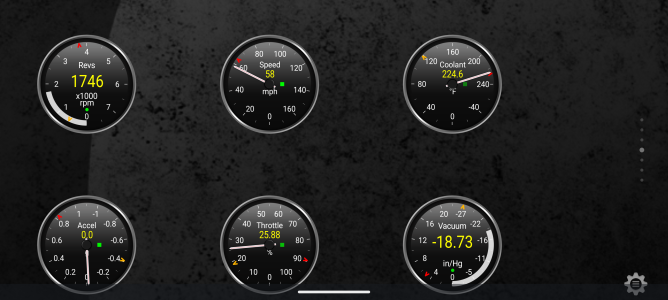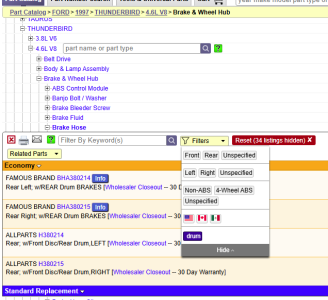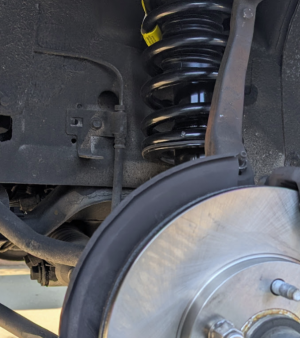1997ThunderbirdLXV6
Seasoned PostWhore
With a 7 tooth output shaft drive gear, an 18 tooth speedometer gear, 3.27 final drive ratio, that would mean the tire needs to turn 786 times to drive the car one mile
Could you explain that calculation?
I was going via the wheel circumference. For 225-60-16, I come to a circumference of 2124.973 mm. That translates to 757.4 rotations per mile.




